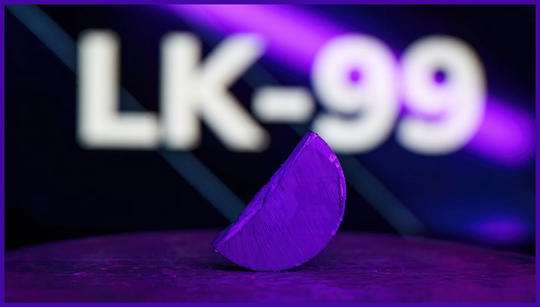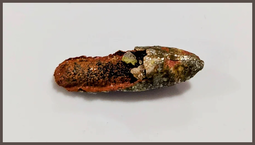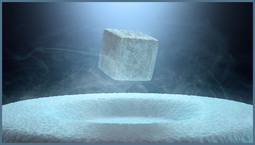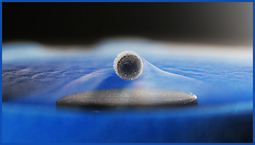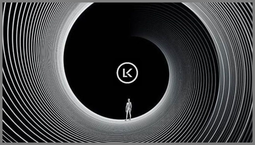LK-99: Controversy Surrounding the Potential Room-Temperature Superconductor
LK-99, the highly anticipated substance hailed as a potential room-temperature Superconductor, faces Controversy as new studies challenge its breakthrough claims. Research groups from Mainland China, Taiwan, and India have conducted studies refuting LK-99’s superconductivity and even questioning its diamagnetism. The University of Maryland’s Condensed Matter Theory Center expresses disappointment, stating that LK-99 is not a superconductor, even at room temperatures. However, these studies may not provide the final verdict, as the synthesized LK-99-like substances used in these studies may differ from the original material.
In February, a group led by professor Sung-Ho Yoon of Korea’s Yonsei University claimed to have synthesized LK-99, a substance with the potential to become the world’s thinnest superconductor. They stated that their LK-99 sample displayed superconductivity at -45 °C and diamagnetism at room temperature. Scientists worldwide have since attempted to replicate the original study’s findings, with some success.
Kapil Kumar et al. from India’s CSIR National Physical Laboratory recently published a paper in the journal Scientific Reports, reporting their findings from LK-99 experiments. They claim to have observed no evidence of superconductivity in their LK-99 sample, which was highly resistive.
“We have made a concerted effort to observe the typical signatures of superconductivity such as zero resistance, Meissner effect, and magnetic flux quantization,” they state. “However, we have not been able to observe any of these signatures in our samples.”
A group from National Taiwan University also failed to demonstrate superconductivity in their LK-99 experiments. Despite observing diamagnetism, they concluded that the material was not a superconductor but continued their research.
Diamagnetism, a property displayed by many materials, does not necessarily indicate superconductivity. The diamagnetism observed by the Taiwan group could have been caused by ferromagnetic components, which are partially non-magnetic due to their magnetic flux being split into two opposing directions. Ferromagnetic components cause partial levitation but lack zero resistance and the Meissner Effect.
Researchers from Peking University’s International Center for Quantum Materials discovered soft ferromagnetic components in LK-99, causing partial levitation but lacking zero resistance and the Meissner Effect.
It remains to be seen whether LK-99 truly lacks superconductivity, as the Korean group behind the breakthrough claims is sending its samples to Virginia University for testing. In the meantime, the controversy surrounding LK-99 continues, highlighting the need for further research and investigation.
